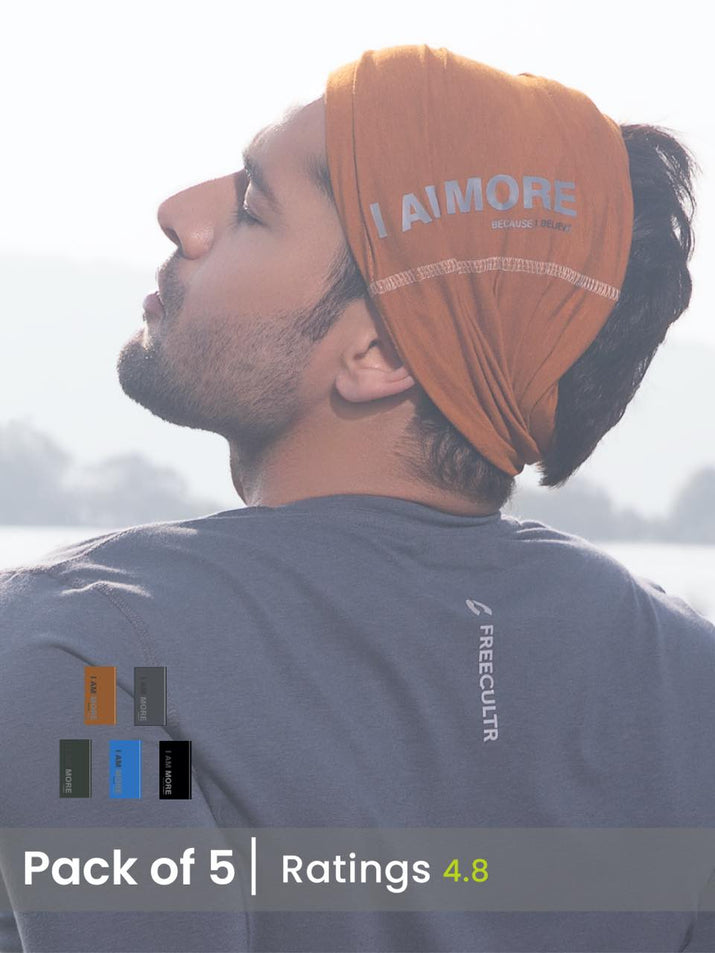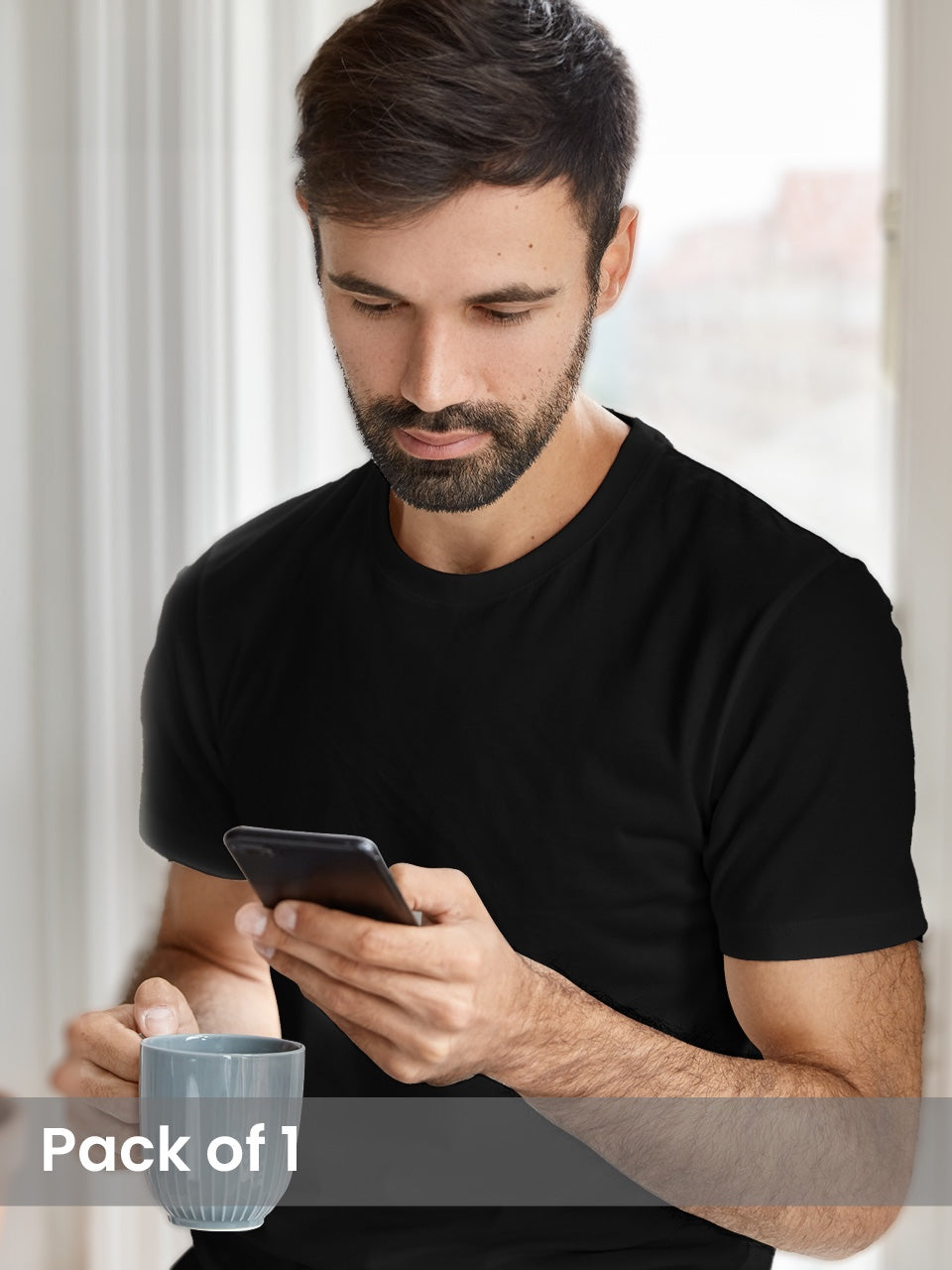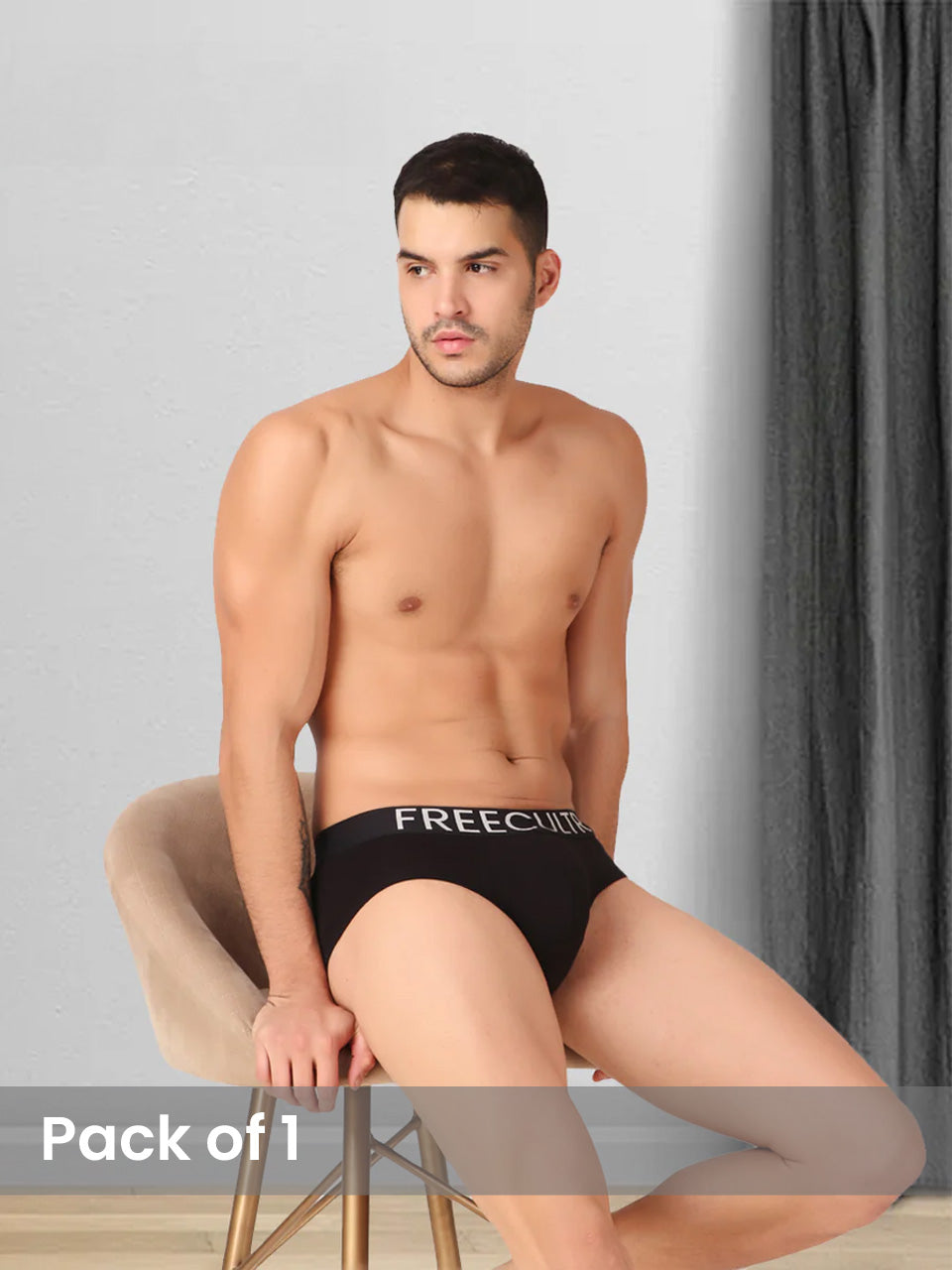Beyond a simple square of fabric, the bandana's story is one of surprising versatility and enduring style. From protecting cowboys from dust storms to signaling gang affiliation, its history is rich and varied. Today, we see bandanas trending in high fashion, reimagined in silk by luxury brands and incorporated into streetwear aesthetics. But its utility remains – a sweatband during workouts, a makeshift face covering, or even a stylish dog accessory. The bandana isn't just an accessory; it's a testament to resourceful design, adapting to needs across cultures and eras, proving its timeless appeal and multi-functional potential.

The Enduring Appeal of the Bandana: More Than Just a Square of Fabric
The bandana, a seemingly simple square of fabric, boasts a history as rich and diverse as its myriad patterns. From its humble beginnings as a practical accessory for laborers to its adoption as a symbol of rebellion and, ultimately, a mainstream fashion statement, the bandana’s journey is a fascinating reflection of cultural shifts and evolving needs. Its enduring appeal lies not only in its stylish print but also in its remarkable versatility.
A Brief History: From Practicality to Protest
The word "bandana" itself is derived from the Sanskrit word "badhnati," meaning "to bind." This etymology hints at the bandana's primary function throughout much of its history: a utilitarian tool.
- Early Uses: Bandanas were initially used by agricultural workers and laborers to protect themselves from dust, sweat. The sun. The indigo-dyed cotton bandanas, common in the 18th and 19th centuries, were particularly popular for their durability and affordability.
- Cowboys and the Wild West: The image of the cowboy sporting a bandana is iconic. They used it to shield their faces from dust storms while driving cattle or riding the range. A bandana could also serve as a makeshift bandage or a way to signal distress.
- The Industrial Revolution: As industries grew, bandanas were adopted by factory workers for similar protective purposes. They were often used to wipe sweat, cover their faces in dusty environments. Even as makeshift towels.
- Political Statements: The bandana has also been used to express political affiliations and social commentary. During the American Civil War, bandanas were printed with political slogans and images. In the 20th century, different colored bandanas became associated with various subcultures and gang affiliations.
- Fashion Icon: The latter half of the 20th century saw the bandana transition into a mainstream fashion accessory. Celebrities like Madonna and Axl Rose popularized wearing bandanas as headbands, wristbands. Even tied around clothing.
The Anatomy of a Bandana: Material, Size. Pattern
While bandanas can be found in various sizes and materials, there are some common characteristics that define this iconic accessory.
- Material: The most common material for bandanas is cotton, prized for its affordability, breathability. Absorbency. But, bandanas can also be made from silk, linen, polyester, or blends of these materials. Cotton offers excellent Fashion & Comfort and is a popular choice.
- Size: The standard bandana size is 22 x 22 inches (56 x 56 cm). Variations exist. Smaller bandanas (18 x 18 inches) are often used as neckerchiefs, while larger bandanas (27 x 27 inches or bigger) can be used as headscarves or even small blankets.
- Pattern: The classic bandana pattern typically features a paisley design, often incorporating floral motifs and intricate swirls. But, bandanas come in a wide range of patterns, including solid colors, stripes, polka dots, geometric shapes. Even custom prints.
Beyond Fashion: A Multitude of Practical Uses
The bandana’s versatility extends far beyond its role as a fashion accessory. Its practical applications are numerous, making it a valuable item to have on hand in a variety of situations.
-
Personal Hygiene:
- Handkerchief: A bandana can serve as a reusable handkerchief, reducing reliance on disposable tissues.
- Sweatband: Tied around the forehead, a bandana can absorb sweat during physical activity, keeping it out of your eyes.
- Washcloth: In a pinch, a bandana can be used as a washcloth for cleaning your face or body.
-
Protection:
- Dust Mask: In dusty environments, a bandana can be folded and worn over the mouth and nose to filter out particles.
- Sun Protection: A bandana can be worn as a headscarf or neck gaiter to shield your skin from the sun’s harmful rays.
- Wind Protection: Similarly, a bandana can protect your face and neck from windburn.
- Emergency Bandage: In a first-aid situation, a bandana can be used as a makeshift bandage to cover a wound or apply pressure.
-
Survival:
- Water Filter: A bandana can be used to pre-filter water before boiling or using a more sophisticated filtration system.
- Signal Flag: In an emergency, a brightly colored bandana can be used as a signal flag to attract attention.
- Tinder: A cotton bandana can be shredded and used as tinder to start a fire.
-
Household Uses:
- Cleaning Cloth: A bandana can be used as a reusable cleaning cloth for dusting or wiping surfaces.
- Pot Holder: Folded multiple times, a bandana can provide a temporary heat barrier for handling hot pots and pans.
- Gift Wrap: A bandana can be used as a unique and eco-friendly alternative to traditional gift wrap.
Styling Your Bandana: A World of Possibilities
The bandana’s fashion appeal stems from its adaptability. It can be incorporated into a variety of looks, from casual to edgy to sophisticated. Here are a few popular styling options:
- Headband: Fold the bandana into a strip and tie it around your head, either with the knot at the top, side, or back. This is a classic and versatile look that works with a variety of hairstyles.
- Neckerchief: Fold the bandana into a triangle and tie it around your neck, either at the front or side. This adds a touch of vintage charm to any outfit.
- Wristband: Wrap the bandana around your wrist for a pop of color and personality.
- Pocket Square: Fold the bandana neatly and tuck it into your breast pocket for a sophisticated touch.
- Hair Tie: Use a bandana to tie back your hair in a ponytail or bun.
- Bag Accessory: Tie a bandana around the handle of your bag for a touch of flair.
- Clothing Accent: Tie a bandana around your waist as a belt or attach it to your jeans loop.
Bandanas in Pop Culture: A Symbol of Identity
The bandana has frequently appeared in pop culture, often serving as a visual shorthand for a particular identity or affiliation.
- Rock and Roll: Musicians like Bruce Springsteen and Axl Rose embraced the bandana as part of their stage persona, solidifying its association with rock and roll rebellion.
- Hip Hop: The bandana became a staple in hip hop fashion, often worn as a headwrap or tied around the neck.
- Gang Culture: As noted before, different colored bandanas have been used to signify gang affiliation, a trend that has been both romanticized and condemned in popular culture.
- Rosie the Riveter: The iconic image of Rosie the Riveter, a symbol of female empowerment during World War II, often features a red and white polka-dot bandana, representing women working in factories.
Caring for Your Bandana: Ensuring Longevity
To keep your bandana looking its best and ensure its longevity, proper care is essential. Here are a few tips:
- Washing: Most cotton bandanas can be machine washed in cold water with mild detergent. Avoid using bleach, as it can fade the color.
- Drying: Tumble dry on low or hang to dry.
- Ironing: Iron on a low setting if desired.
- Storage: Store your bandanas in a cool, dry place away from direct sunlight.
The Bandana Today: A Timeless Accessory
The bandana remains a popular and versatile accessory in the 21st century. Its affordability, durability. Stylish print make it a practical choice for people of all ages and backgrounds. Whether used for Fashion & Comfort, protection, or self-expression, the bandana continues to prove its enduring appeal. From high fashion runways to everyday street style, the bandana has cemented its place as a timeless classic.
Conclusion
The bandana, far from being just a relic of the past, remains a vibrant and adaptable accessory in today's world. Its enduring appeal lies in its ability to seamlessly blend style and practicality. Whether you're embracing the current headscarf trend popularized on TikTok, using it as a makeshift face covering, or adding a pop of color to your handbag, the bandana offers endless possibilities. Personally, I love using a bandana as a hair accessory on windy days, keeping my style intact while adding a touch of flair. Don't be afraid to experiment with different folds and knots to find what suits you best. Embrace the bandana's versatility and make it your own – a small piece of fabric with a surprisingly large impact. So, go ahead, unleash your creativity and let the bandana become your signature statement!More Articles
Men's Bandana – Versatile Style & Sun ProtectionTees – Durable Material & Classic Design
Women's Tank Top – Breathable Comfort & Effortless Style
Tank Top – Lightweight Fabric & Enhanced Breathability
FAQs
Okay, so what exactly can you DO with a bandana? Besides looking cool, I mean.
Loads! Think of it as the Swiss Army knife of fabric. You can use it as a headband to keep your hair out of your face, a makeshift face mask for dust or pollen, a neck scarf for warmth or sun protection, a sweatband during workouts, a pocket square, even a temporary bandage in a pinch. Seriously versatile!
Are bandanas just for cowboys and pirates? I'm not trying to look like I just stepped out of a Western.
Haha, definitely not! While they have those historical ties, bandanas have been embraced by tons of different subcultures and are totally mainstream now. It's all about how you style it. Think modern streetwear, bohemian chic, or even a preppy pop of color. Experiment!
What's the deal with all the different bandana patterns? Are they just random designs?
While some designs are purely aesthetic, the classic paisley bandana actually has a rich history! It's thought to have originated in Persia and was adopted by various cultures over time. Other patterns, like polka dots or solid colors, are just... Well, patterns! Choose what speaks to you.
What kind of material are bandanas usually made of? Will it irritate my skin?
Most bandanas are made from cotton, which is generally pretty breathable and soft. But, if you have sensitive skin, look for 100% cotton or even organic cotton bandanas to minimize any potential irritation. Always wash it before the first use, just in case!
How do I even tie a bandana? I always feel like it's going to fall off.
There are tons of ways! For a headband, you can fold it into a triangle, place the long edge across your forehead. Tie the ends at the back. For a neck scarf, try folding it diagonally and tying it loosely around your neck. YouTube is your friend for tutorials – search 'bandana tying styles' and you'll find a bunch of options!
Can I wash my bandana? Or is it like, a one-time-use kinda thing?
Definitely wash it! Toss it in the washing machine with your regular laundry. Just be mindful that some colors might bleed a bit, especially on the first wash, so wash it with similar colors to be safe.
Are bandanas just a trend, or are they here to stay?
Bandanas have been around for centuries in various forms. They keep popping up in fashion trends. So, while specific styling might come and go, the bandana itself is a classic accessory that's unlikely to disappear completely. Plus, they're so practical, it's hard to argue with their usefulness!






